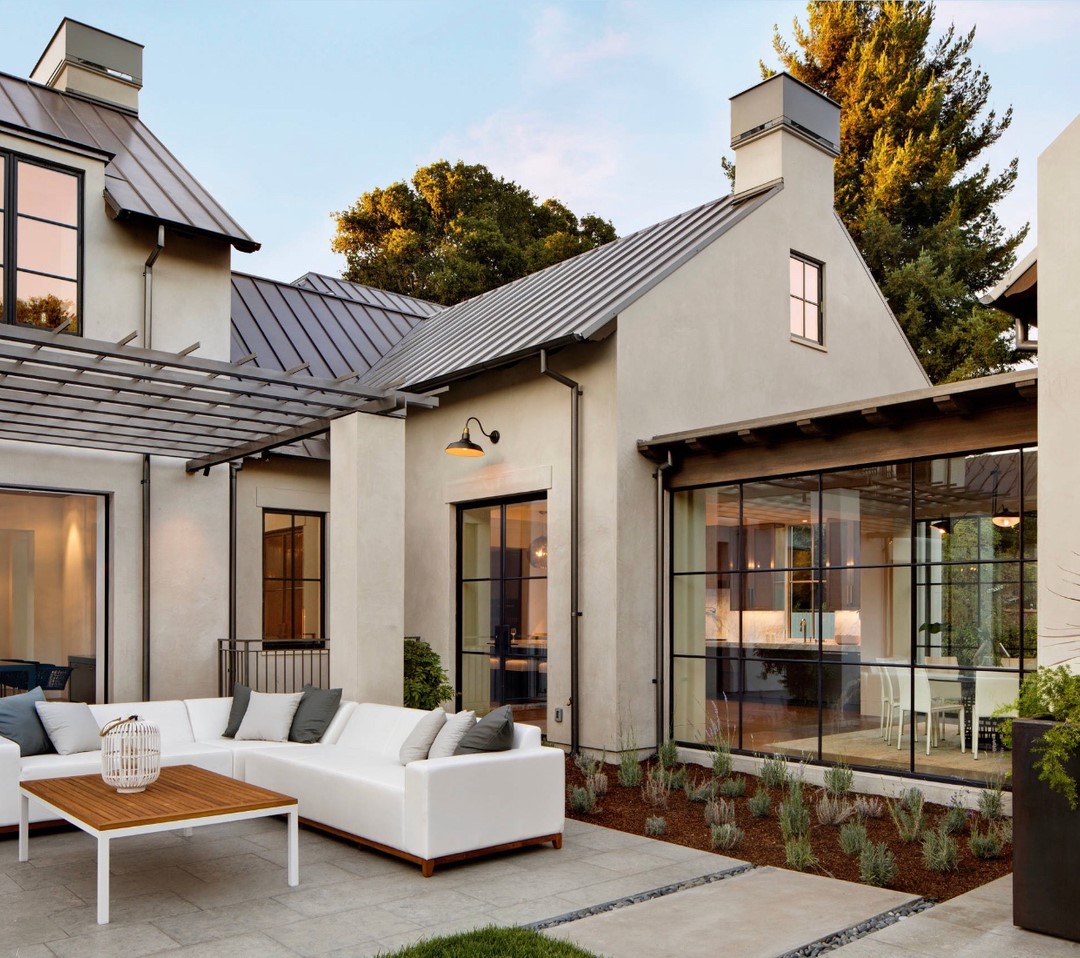Key Takeaways
- Victorian architecture is famous for its detailed decorations, like gingerbread trim and stained glass windows.
- This style combines ideas from many historical periods, creating a unique and interesting look.
- Victorian buildings often have off-center designs with towers, porches, and windows placed in unusual ways.
- Many Victorian homes are painted in bright colors to highlight their decorative details.
- Victorian architecture continues to inspire modern homes, with features like bay windows and intricate trim still in demand today.
Victorian architecture comes from the time when Queen Victoria ruled, in the 1800s. This style is famous for its detailed decorations and unique mix of different building styles.
You can still find many Victorian homes and buildings today, and they remain popular because of their beautiful designs and historical charm. From fancy public buildings to cozy homes, Victorian architecture gives us a glimpse into the past.
What makes Victorian architecture special is the attention to detail, creative use of materials, and bold designs. Architects of the time took ideas from many older styles, like Gothic and Renaissance, and blended them into something new and exciting.
Many Victorian homes have steep roofs, large bay windows, and intricate woodwork that show off the craftsmanship of the era.
Victorian architecture is full of character, with its unique features and charming details. This blog will guide you through the key elements and different styles of Victorian architecture, helping you understand why this historical design continues to influence modern buildings today.
Key Elements of Victorian Architecture
Victorian buildings have lots of interesting features. Architects during this time borrowed ideas from other styles and combined them in creative ways. Here are some of the most important elements:
Gothic Revival Influence
Gothic Revival is one of the key influences in Victorian architecture. This style brought back medieval designs, like pointed arches and tall, narrow windows. You can find these elements in churches, homes, and public buildings from the Victorian era. Towers and spires, which give buildings a grand and dramatic look, are also common.
Detailed Woodwork
One of the most charming things about Victorian homes is the beautiful woodwork. The outside of homes often features intricate, lacy wood details called “gingerbread trim,” especially around the porches and eaves. Inside the house, you’ll find decorative wood moldings, staircase railings, and ceiling beams, making the home feel more elegant and detailed.
Asymmetrical Design
Unlike older architectural styles that aimed for balance and symmetry, Victorian architecture is more playful. Buildings from this era often have an asymmetrical design, with parts of the house like towers, porches, and windows placed off-center. This gives the buildings a more unique and visually exciting appearance.
Bold, Colorful Exteriors
Victorian homes are known for their vibrant and bold colors. While older homes were painted in simple, neutral tones, Victorian houses embraced rich colors like deep reds, greens, and blues. These bright colors were used to make the buildings stand out and to highlight the many detailed decorations on the exterior.
Large Bay and Sash Windows
Victorian homes often have large, dramatic windows that let in lots of natural light. Bay windows, which stick out from the wall in a rounded or box-like shape, are very common. Sash windows, which slide up and down, were also popular in Victorian times. These windows not only looked pretty but also helped make the house more airy and comfortable.
Popular Victorian Styles
Victorian architecture isn’t just one style. It’s a mix of different styles that were all popular during Queen Victoria’s reign. Here are a few of the most well-known:
Gothic Revival
Gothic Revival was inspired by medieval architecture, with its pointed arches and detailed stonework. This style was often used in churches and large public buildings, but it also made its way into homes.
Italianate
The Italianate style was inspired by Italian villas and is known for its flat roofs, wide eaves with decorative brackets, and tall, narrow windows. This style was used for both townhouses and country homes, giving them a touch of Mediterranean elegance.
Queen Anne
Queen Anne is probably the most famous Victorian style. It’s known for its playful mix of materials, shapes, and colors. Queen Anne homes often have turrets, wraparound porches, and decorative woodwork. They also use bold colors, making these houses stand out in any neighborhood.
Second Empire
Second Empire homes are easy to spot because of their mansard roofs—steep roofs with a flat top. This style often includes fancy ironwork and dormer windows (windows that stick out from the roof).
Folk Victorian
Folk Victorian homes were more affordable versions of the fancy Victorian styles. They were smaller and simpler but still had decorative trim and porches that gave them that Victorian charm.
Why Victorian Architecture Still Inspires
Even though Victorian architecture comes from the past, it still influences the way people build homes today. The attention to detail and unique designs make these buildings feel timeless.
Many modern homes borrow ideas from Victorian architecture, like bay windows, decorative woodwork, and even turrets. Victorian homes are still popular today, especially for people who love the charm and history that comes with older buildings.
Work with Euroline Steel Windows & Doors
If you want to update a Victorian-style home while keeping its charm, companies like Euroline Steel Windows & Doors can help.
We help homeowners get specialty doors for their homes. And also custom steel windows and doors that are both stylish and long-lasting. Their modern designs fit well with the historical look of Victorian homes, giving homeowners the best of both worlds.
You can enjoy the beauty of a Victorian home with the energy efficiency and security of modern windows and wine room doors.


